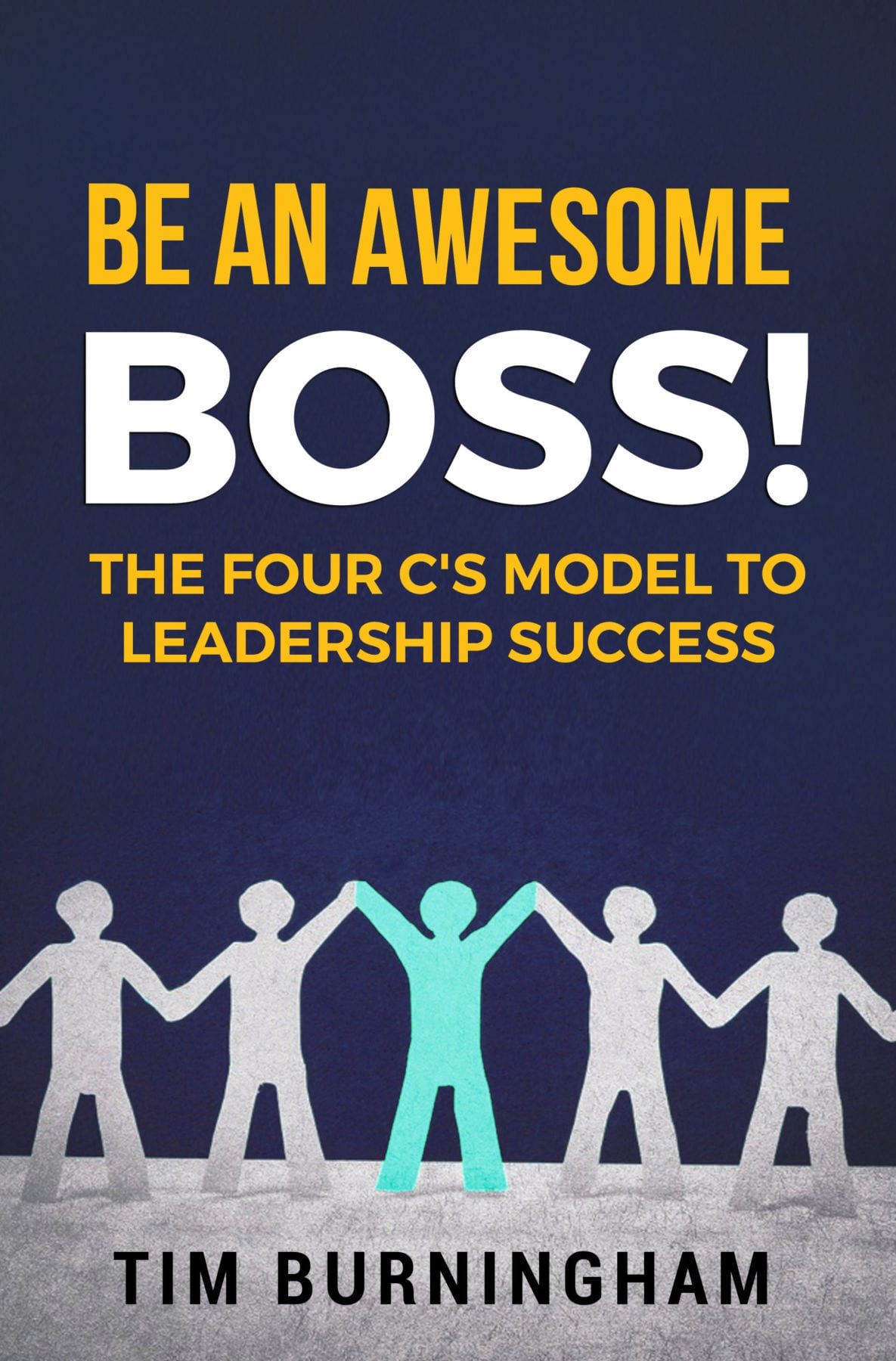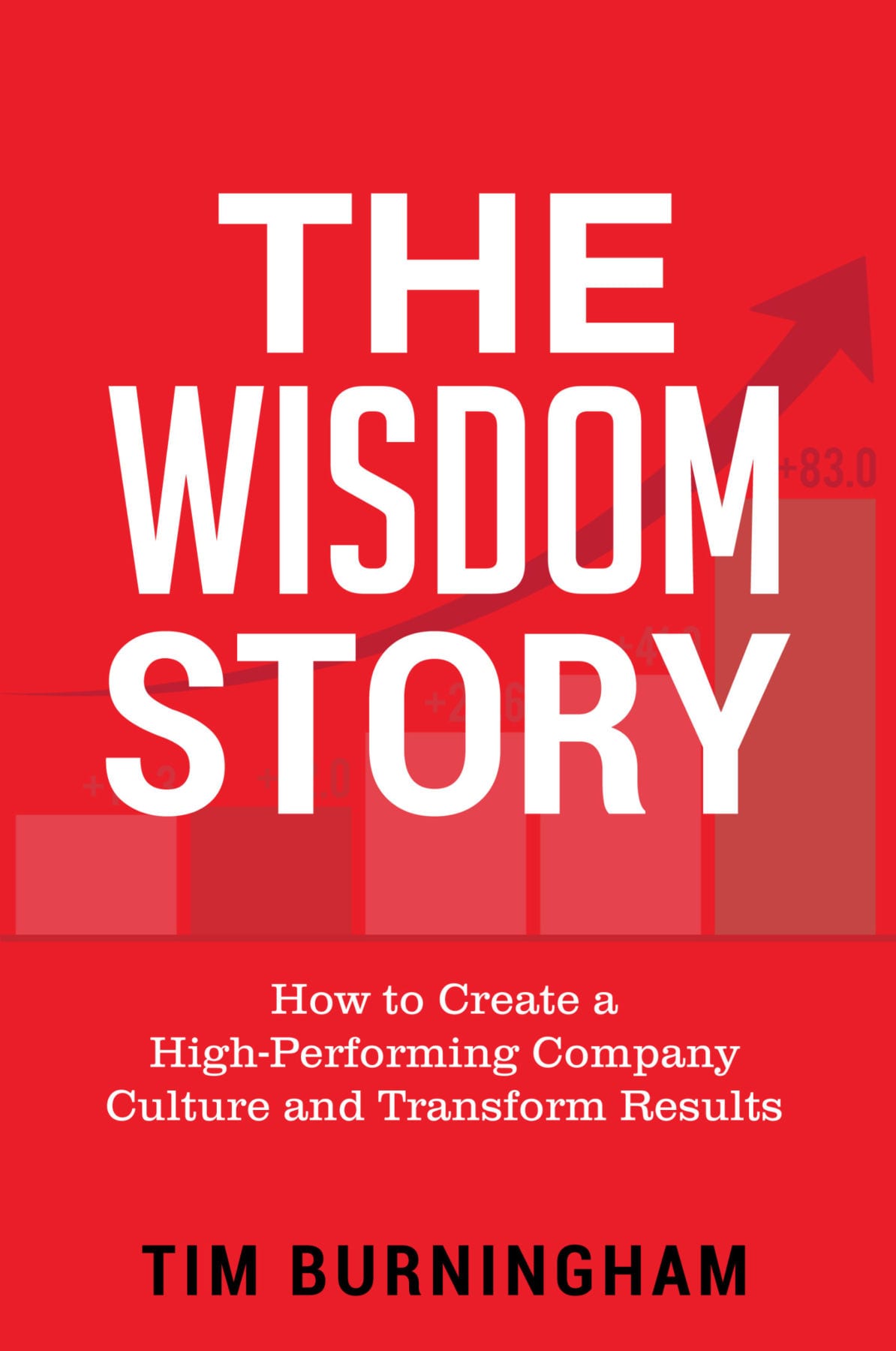There are three building blocks that establish a solid foundation for a healthy organizational culture. In this episode we will reveal and talk about the first building block which is your Mission.
Writing and establishing a Mission Statement can be a little tricky. In this episode we will discuss three things you must do to make sure your Mission will have the greatest impact on your organization.
And what if you aren’t in a position to change the Mission for your organization? I have some special advice for you. too!
To learn more about creating a great company culture, check out my book, Be an Awesome Boss.
Transcript
I’m Tim Burningham. And this is The Culture Guide Podcast.
Hello and welcome everyone to The Culture Guide Podcast. Excited that you’re here with us today; today’s a really exciting day for us. It’s our first episode of our first season of hopefully many more to come. So… our podcast exists to help leaders build amazing organizational cultures, and we believe here that if you build a great organizational culture, it will help you with every problem that you face as a business leader.
So today we’re going to dive right into what I call the building blocks of culture, and there’s three building blocks of culture that really is the foundation of every great organizational culture. And so today we’re actually going to talk just about one of those building blocks. Perhaps the most important one.
The Why

Why did you wake up today? Why did you get out of bed? Seriously, think about it.
Did you wake up to feed the dog? Maybe you woke up to exercise. That would be a good reason to wake up. Did you wake up just to go to work and to do a job and to come home and relax? Did you wake up because your kids needed to go to school and you had to take him? Or maybe you woke up because you wanted to eat breakfast. Maybe you were hungry, I don’t know. But think about it, why did you wake up today?
Now imagine if you had a compelling reason to wake up every day. What if you woke up every day with a purpose and with enthusiasm and excitement to face the day? Now, what if the people…what if the people that you lead were excited to wake up every day and they woke up with a purpose?
You see, most of us want a compelling reason to go to work, or at least we’d love to have one. And as a leader we have a chance to do that for our people. In fact, in my mind I feel like we have an obligation to help our people understand the purpose of why we do what we do. And this is really what your mission statement is.
Mission Statement is Your Why
So your mission statement is one of those building blocks of a great culture. And the mission statement answers the question of why did we come to work today?
Why did we wake up and come to work today? What’s our purpose? What’s the reason? Seriously, your people want to know. We need to give our teams the reason why our organization exists. We need to provide to them clarity around the team’s or the organization’s purpose of why we do what we do day in and day out.
Our people who work for us need to understand that…that we’re on a mission…that we’re trying to accomplish something…that we’re trying to contribute to something much bigger than ourselves.
Most people want to help those around them. They want to contribute to something bigger than themselves. And so our mission can provide that.
So our team members need to know that they don’t come to work just to do a job or collect a paycheck. They have a much bigger purpose in that they’re on a mission. They’re contributing to something bigger than themselves. It’s more than a paycheck. It’s more than just a job. It’s adding value to others, and that’s what our mission statement should provide for our teams.
And if we create the right kind of mission statement, people will be excited to get out of bed and come to work. If we’re trying to achieve something, it’s very clear what we’re trying to achieve day in and day out, it will get people excited to come to work,
What Makes a Great Mission Statement
So mission statements need to be simple and concise. I would say maybe one or two simple short sentences maximum. There’s a lot of mission statements out there, and a lot of them are really long and hard to understand and confusing. Some are even paragraphs or run on sentences that really don’t make a lot of sense. So our mission statements need to be one to two sentences tops in order for them to really provide that Why…the why we come to work each day?
Our mission statements must also be very easy to understand. So we shouldn’t use big words or words that are kind of confusing or that we don’t use very often in our mission statements. We want people to understand clearly the purpose of why we do what we do.
They also should be very easy to memorize, because really our ultimate goal as a leader should be that everyone within our organization memorizes this mission statement so it is very clear in everyone’s mind why we do what we do…why we wake up every day and come into work. In my mind if people are unable to memorize the mission statement because it’s too long or too confusing, it’s not going to help you build the kind of culture that you want to build that will impact the rest of your results within your organization. When people are able to memorize the mission statement they’re able to learn it, understand it, and really know it.
Example of a Great Mission Statement
So let me give you a quick example of what I believe was a great mission statement. So I lead a healthcare organization where we created a simple mission statement that kind of followed the guidelines that I’ve been sharing today. Our mission was to create excellent experiences for each person that we served.
So when our people came to work, they came on a mission, and it was very clear we came to work to create excellent experiences for each person we served. Each person who walked through our door…we wanted them to have an amazing experience with us and that was our mission. That’s it. Create excellent experiences for each person we served, And again when I worked there, I knew when I woke up each morning that my number one purpose was to help create excellent experiences for each person who entered the doors of that healthcare institution.
Mission Statements Guide Decision Making
And the beautiful thing about having a clear purpose as your mission statement is that you can always refer back to it very easily. You know we face a lot of difficult challenges and situations in our places of work and when we understand our mission statements, it’s clear and it’s in our minds it’s so easy to refer back to that…and we can allow the mission statement to guide our decisions. It will help us decide which solutions we should choose in order to overcome the obstacles that we face.
And not only does this work as a group, as our organization as a whole, when we’re facing different challenges or situations…but when our people understand their purpose and why we exist…when they face different challenges or issues or have questions during their day, hopefully they’ll think about that mission statement and they’ll be guided by that mission statement and it will help clarify what they should do and what choices they should make when selecting different options of how they should proceed or how they should handle a certain situation.
Eventually all things within your organization should refer back to our reference, your companies, your organizations or your team’s Mission. There’s no better way to help people love what they do than to give them a clear sense of purpose.
Mission Statements for Teams When Your Not the CEO
Now what if you’re not a leader that can impact your mission statement in your organization? What if you lead a Department or lead a division…or lead a small team? That’s fine. This actually can still work for you very effectively.
If your mission statement for your organization where you currently work is confusing and hard to understand and doesn’t meet these guidelines that we’ve talked about today, then create your own mission statement for your own team or your own Department or your own division.
When I first got out of college and started working in a hospital, I was put in charge of a Department in the hospital And something that we did is we created our own mission statement within our department ’cause I wanted everyone to understand why we did what we did and how we contributed to the greater whole. And so we created our own mission statement within our department and it helped lead us and guide us and inspire us and it gave us a reason to come to work every day.
So you can do the same thing within your department, your division or your small team that you lead. So just because you can’t impact or change the mission statement of your entire organization, create one for those that you lead.
Conclusion
So review real quick. There’s three building blocks of a great culture. One of those building blocks we talked about today and that is your mission statement. Your mission statement should answer the question of Why did we come to work today? Why do we come to work day in and day out? What are we trying to achieve? What are we trying to accomplish? What’s our purpose?
A mission statement should also be short and concise. One to two sentences.. simple sentences tops.
Your mission statement should also be easily memorized and understood. People need to memorize it and understand clearly what your mission statement means.
Remember, each person wants a compelling reason to do what they do, and each person also has a desire to contribute to those around them and to add value to something bigger than themselves. People want to help other people, and if you give people a clear sense of purpose, they’ll love working for you.
So remember.
Why did you wake up today? Why did your team wake up today? Give your team a compelling reason to wake up and they’ll love where they work.
Thankful for everyone that joined us today on our first podcast. Join us next time we’ll talk about building Block number 2 of a great culture. Thanks a lot everyone. Have a great day. See you.










